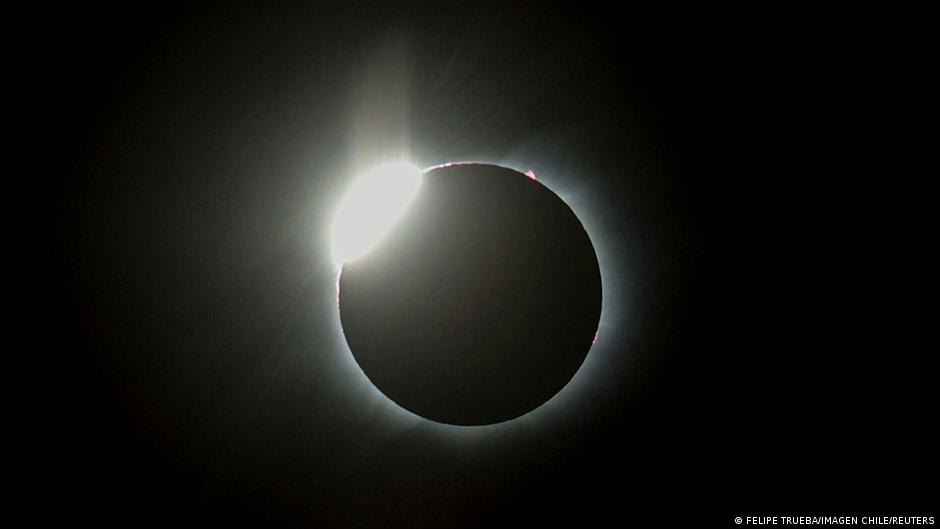On Saturday, December 4, a rare total solar eclipse in Antarctica provided researchers with a once-in-a-lifetime opportunity to learn how solar eclipses affect space weather.
The total eclipse, which occurs when the sun and moon line up with the Earth, will be visible only in Antarctica, reaching across the Ronne ice shelf and Ellsworth land, with the rest of Antarctica in partial shade. The total eclipse commenced at 07:33 am GMT.
“The team here are really excited about being able to witness the eclipse on Saturday morning. We will be setting our alarm clocks for the early hours; the maximum amount of Sun that will be hidden by the moon will be around 94% around 4 am in the morning. During the summer, the Sun never sets below the horizon, so even at 4 am we should see the effect of the eclipse. The Sun will be low in the sky, hopefully just above the mountains of the Antarctic Peninsula to the east of us. As a meteorologist, I am normally a big fan of clouds, but on this one occasion, I’m hoping they stay away,” said John Law, Antarctic Atmospheric Scientist at Rothera station, a day before the eclipse was scheduled to take place.
Total solar eclipses allow researchers to learn how switching the Sun on and off impacts space weather—the natural variations in the space environment around Earth produced by the Sun.
Researchers from the British Antarctic Survey had positioned a low-power magnetometer (LPM), which records variations in the Earth’s magnetic field, directly under the path of the complete eclipse as part of a multi-national operation. This, together with seven other BAS LPMs currently in Antarctica, is part of a network of magnetic and other space weather sensors in both the polar regions and space, making this the most intense space weather observation campaign for an Antarctic eclipse to date.
Variations in the Earth’s magnetic field are generated by electrical currents induced by space weather in the upper atmosphere of both polar regions. These magnetic changes can produce undesirable electrical currents in electricity networks, such as the National Grid, which must be predicted to avoid damage. These electric currents are also linked to the Northern and Southern Lights.
“We expect solar eclipses to change electrical currents in the upper atmosphere by increasing the electrical resistance of the upper atmosphere—but at the moment, we’re don’t fully understand how,” Professor Mervyn Freeman, a space physicist at British Antarctic Survey, stated.
Changes in Antarctic currents could unexpectedly affect Arctic and space currents. These shifts can also cause ‘travelling ionospheric disturbances in the upper atmosphere, interfering with sat-nav signals worldwide.
“Measuring the effects of the solar eclipse will challenge our understanding of space weather and test whether our forecasting models of how space weather affects electricity supply and satellite navigation are correct or need to be improved,” Professor Freeman added.
The next total eclipse in Antarctica will not be until 2039.
Source: British Antarctic Survey

